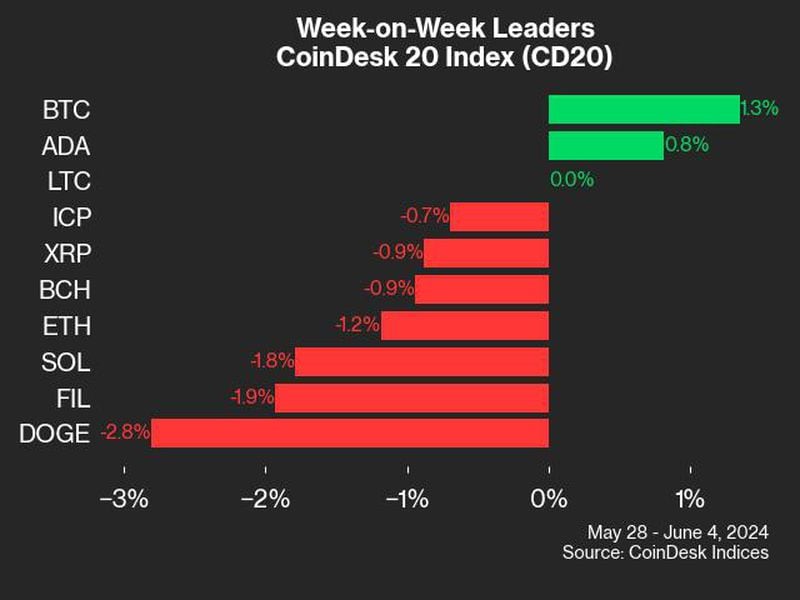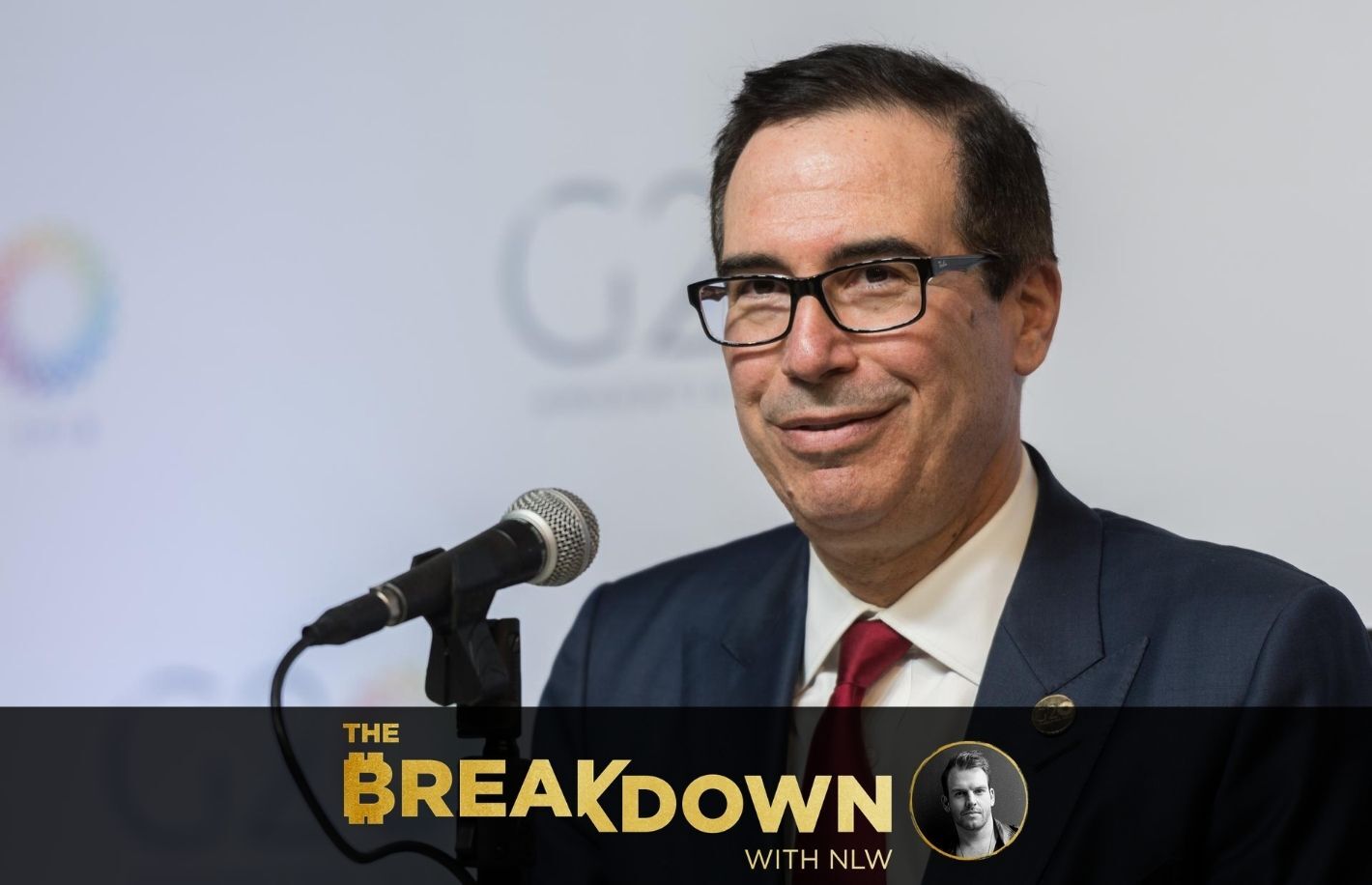What October’s Metrics Tell Us About BTC, ETH and Volatility
What October’s Metrics Tell Us About BTC, ETH and Volatility
The phrase “gradually then suddenly” has been overused in the crypto industry to emphasize the importance of each step towards regulatory support and institutional interest.
We had several such moments this month: the confirmation from PayPal that it will support cryptocurrency buying, selling and holding on its platform; more interest in holding bitcoin (BTC) as part of corporate treasuries; JPMorgan issuing a report favorable to a cryptocurrency its chairman mocked just three years ago; several significant fund managers breaching asset under management (AUM) milestones; improving clarity on the definitions of crypto assets and regulated services and much more.
But it’s not yet a case of “suddenly.” We are still in the “gradual” phase. Each month brings progress that seems momentous at the time, but in the grand scheme of market evolution we are still at the beginning. We have left the starting block, for sure. But we are not even a quarter of the way around the track.
In CoinDesk Research’s latest monthly report, we take a brief look at the progress bitcoin and ether (ETH), the two largest cryptocurrencies by market cap, made in October, as well as some of the stories their on-chain metrics are telling us. Momentum is gathering, as shown by the growing congestion in the Bitcoin network and the technological evolution – Eth 2.0 – in Ethereum. And the use case of each is gradually becoming more clear as market and on-chain metrics start to paint a more detailed picture.
The volatility story
While BTC’s volatility was largely flat throughout October, ETH’s volatility declined. This is likely an adjustment from the jump in September, when the ETH 30-day volatility increased by a significantly greater amount than that of BTC, as seen by the spike and then the fall in the ETH/BTC volatility ratio (blue line). This underscores that the ETH market is still more immature than that of BTC, and could imply that the pending change in ETH’s technology underpinnings is adding a level of uncertainty into an evolving market.

Bitcoin gets congested
Looking at the average block weight (dark blue line), we can see that Bitcoin blocks have been at near full capacity for the longest stretch since May. This can also be seen in the spike in average time between blocks (green line). Network congestion is a common feature of price rallies and usually results in an increase in transaction fees. This more recent congestion, however, has produced a much higher fee spike than in May, even when the U.S. dollar price increase is taken out of the equation, hinting at greater demand for transaction processing.

Ethereum calms down
Average transaction fees on Ethereum fell over 80% in October, retracing September’s sharp increase. The percentage of miner revenue from fees also declined sharply from a high of 75% in September to 30% by the end of October. Both metrics suggest lower user and dapp activity on Ethereum as the hype around decentralized finance (DeFi) applications starts to ebb. This is a positive sign for the network, which in recent months has been pushed to its limits by the splashy debuts of new DeFi assets such as COMP, SUSHI and others.

For more charts on BTC, ETH and macro evolution over the past month, download the CoinDesk Monthly Review, October 2020 here.









